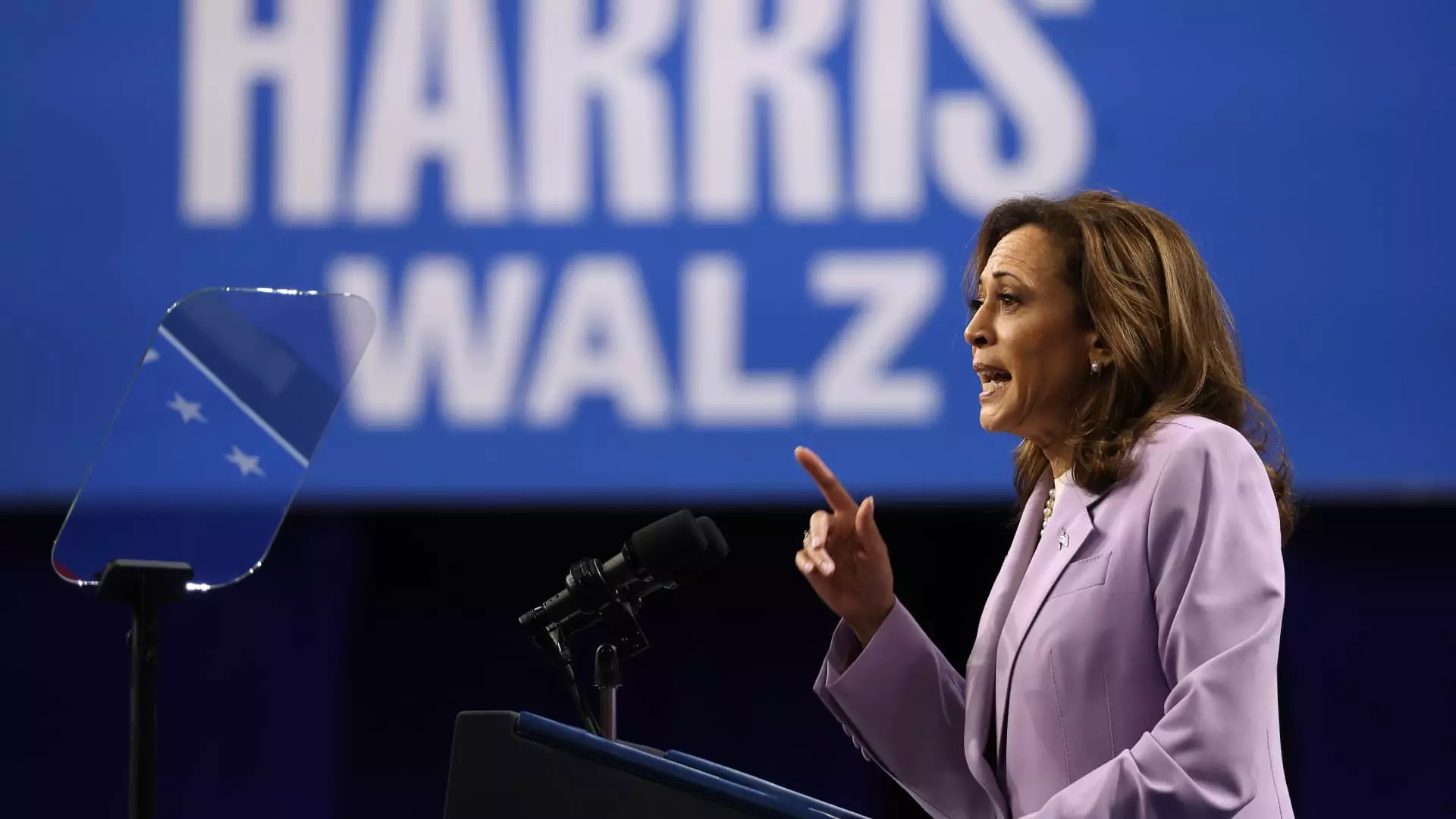Vice President Kamala Harris has proposed a vision for affordable housing as a cornerstone of the “opportunity economy.” This vision includes initiatives to lower the costs of owning and renting a home in the U.S. Harris emphasized the importance of making it more affordable for people to buy a home rather than less. Her plan involves the construction of 3 million new housing units, both for rent and for sale, over the next four years, which housing experts believe would help improve affordability. However, it is essential to critically evaluate the feasibility and implications of these proposals.
Harris’ proposal comes at a time when there has been a significant shortfall in housing supply, particularly for affordable homes. The foreclosure crisis from 2007 to 2010 led to a decrease in new construction of single-family homes and multi-family rental buildings. This shortage of housing has created challenges for renters seeking quality units and first-time buyers looking for affordable homes. Harris aims to address this issue by introducing a tax incentive for homebuilders that sell starter homes to first-time buyers. While this incentive may encourage the creation of more affordable housing, questions remain about its effectiveness in addressing the root causes of the housing supply shortage.
Despite Harris’ ambitious proposals, some housing experts remain skeptical about the effectiveness of her plan. Edward Pinto, a senior fellow at the American Enterprise Institute’s Housing Center, characterized Harris’ housing plan as potentially worse than doing nothing. Pinto highlighted the challenges of passing supply-side proposals and emphasized the importance of clarifying the definition of a “starter home.” James Tobin, CEO of the National Association of Home Builders, raised concerns about the underlying costs that make it difficult to keep building expenses low. These criticisms underscore the complexities involved in addressing the housing affordability crisis.
Harris’ proposal also includes a $40 billion innovation fund designed to empower local governments to fund and support local housing solutions. While the intent behind this fund is commendable, experts have raised doubts about its effectiveness. Some question the federal government’s authority over local housing decisions and the willingness of local communities to embrace incentives for building more housing. Dennis Shea, the executive director of the Bipartisan Policy Center’s J. Ronald Terwilliger Center for Housing Policy, expressed concerns about the high price tag of the innovation fund and its potential lack of bipartisan support. These challenges highlight the need for a more nuanced approach to addressing the housing affordability crisis.
Harris’ proposal to provide $25,000 in down-payment assistance to first-time homebuyers and address predatory investing in the rental market has garnered mixed reactions. While some see this as a step towards increasing homeownership opportunities, others question its long-term implications. Sen. Tim Scott raised concerns about the potential impact of down-payment assistance on housing demand and prices, as well as the need for financial literacy programs to prevent defaults. Additionally, Harris’ plan to address algorithmic pricing in the rental market through legislation faces challenges in implementation and enforcement.
Vice President Kamala Harris’ housing policy proposals aim to improve affordability and expand access to housing for all Americans. However, critical analysis reveals significant challenges in implementation, effectiveness, and bipartisan support. Addressing the root causes of the housing affordability crisis will require a comprehensive, data-driven approach that considers the complexities of local housing markets and the diverse needs of renters and first-time buyers. Harris’ vision for affordable housing must be accompanied by targeted strategies that promote sustainable homeownership and rental opportunities for all individuals and families.

